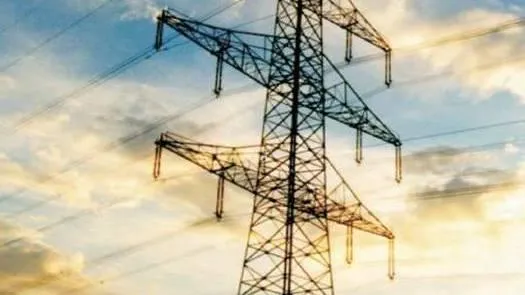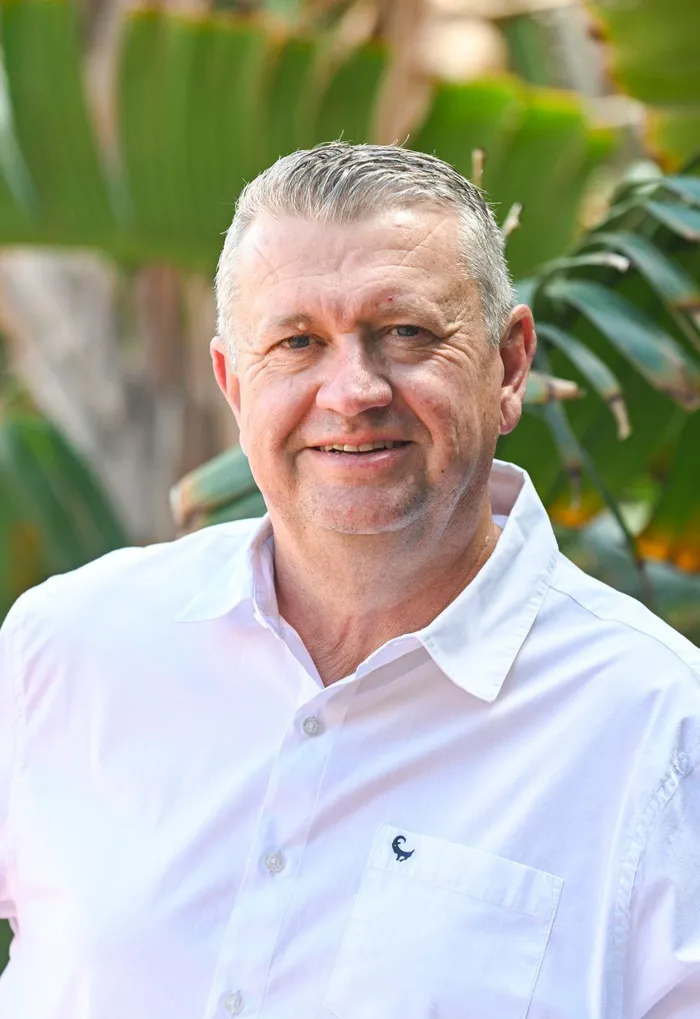How can South Africans boost electricity demand for economic growth?

The electricity system has now shifted into an oversupply phase, says the author.
Image: File
South Africa faces several near-term challenges that will define its energy landscape up to 2030. Global demand growth has accelerated renewable energy development, but in South Africa, electricity demand has declined steadily since 2011. Ending load-shedding alone has not been enough to reverse this trend.
The electricity system has now shifted into an oversupply phase. This is evidenced by high reserve margins, the cold storage of generation units, and the curtailment of photovoltaic generation during certain hours. At the same time, renewable energy projects continue to be built at pace and will likely continue until at least 2030.
Eskom’s electricity availability factor continues to improve, and no coal-fired power station decommissioning is planned before March 2030, after which closures may follow a phased approach.
The question is not how to add more generation capacity, but how to stimulate demand-side investment that can absorb the increasing supply and grow the economy. Progress has been made through the Business Partnership with the government, an initiative led by the President to accelerate priority interventions under the 7th Administration.
The Joint Strategic Oversight Committee (JSOC) reports directly to the President every six to eight weeks, monitoring progress, providing strategic guidance, and addressing bottlenecks. The JSOC’s three workstreams — Energy, Transport and Logistics, and Crime and Corruption — are central to rebuilding confidence and stimulating demand-side investment.
To deliver meaningful results, these workstreams must progress in parallel. On the energy front, improvements in Eskom’s generation performance, support for private power generation, and efforts to strengthen and expand the transmission grid are positive steps. These actions address supply security, but sustained demand growth will depend on broader structural improvements.
In transport and logistics, private-sector investment in harbours and rail infrastructure has increased, but inefficiencies persist within Air Traffic and Navigation Services. The visible impact is the operational challenge of landing at smaller airports such as Pietermaritzburg, Richards Bay, and Kruger Mpumalanga. The deeper problem lies in the agency’s inability to process recommendations for Civil Aviation Authority approvals for wind farms, solar PV installations, and new grid infrastructure. These administrative delays directly restrict how quickly construction of new electricity infrastructure can proceed.
In the area of crime and corruption, South Africans remain frustrated by the lack of visible accountability. A succession of commissions of inquiry has created the perception that their purpose is to manage political fallout rather than secure justice. However, there are encouraging signs.
The recent removal of South Africa from the Financial Action Task Force’s grey list indicates improved compliance discipline and governance within the financial sector. When viewed against this backdrop, the recently published Integrated Resource Plan 2025 raises questions about whether its design will stimulate or suppress growth in electricity demand. The inclusion of nuclear generation, for instance, appears misaligned with the immediate need for affordable, flexible, and scalable capacity.
Critics such as energy systems analyst Clyde Mallinson argue that South Africa risks wasting around R250 billion annually because of outdated planning assumptions and over reliance on inflexible baseload sources.
Mallinson’s alternative modelling suggests that by 2040, a system designed around renewables and modern storage technologies would cost the country R250 billion less per year than the one envisaged inthe IRP 2025. He also points out that battery storage costs have halved since his original analysis, making flexible renewable systems even more cost-effective. As he notes, “Planning in the middle of this technological disruption requires taking advantage of the change, not ignoring it.”
The IRP should act as a national guide to align generation with economic development and industrial demand. Yet, in its current form, it risks perpetuating inefficiency rather than incentivising new industrial and commercial consumption. South Africa’s low electricity demand growth is not a reflection of saturated consumption but of weak confidence, underperforming infrastructure, and poor planning integration across sectors.
As citizens and as the private sector, we should continue to work with the government to strengthen the areas where progress is evident. The Business Partnership with the government represents a practical platform for coordinated action, and where results are delivered, they should be recognised and expanded.
The private sector must also play its part by responding to signs of improvement with tangible investment in manufacturing, logistics, and energy-intensive industries. However, vigilance remains essential. Politically connected actors will continue to exploit procurement processes and policy instruments for personal enrichment. Their influence erodes investor confidence, distorts incentives, and drains resources that should be directed toward innovation and growth. The success of South Africa’s economic recovery depends on ensuring that these patterns are not allowed to persist.
Stimulating electricity demand will depend on restoring trust in the system, aligning planning with technological reality, and ensuring that efficiency and affordability are prioritised over political control. The tools for recovery are in place. What is required now is disciplined execution, visible accountability, and the confidence to invest in South Africa’s future.

Thomas Garner holds a Mechanical Engineering degree from the University of Pretoria and an MBA from the University of Stellenbosch Business School.
Image: Supplied
Thomas Garner holds a Mechanical Engineering degree from the University of Pretoria and an MBA from the University of Stellenbosch Business School. Thomas is self-employed focusing on energy, energy related critical minerals, water and communities. He is a Fellow of the South African Academy of Engineering and a Management Committee member of the South African Independent Power Producers Association.
*** The views expressed here do not necessarily represent those of Independent Media or IOL.
BUSINESS REPORT